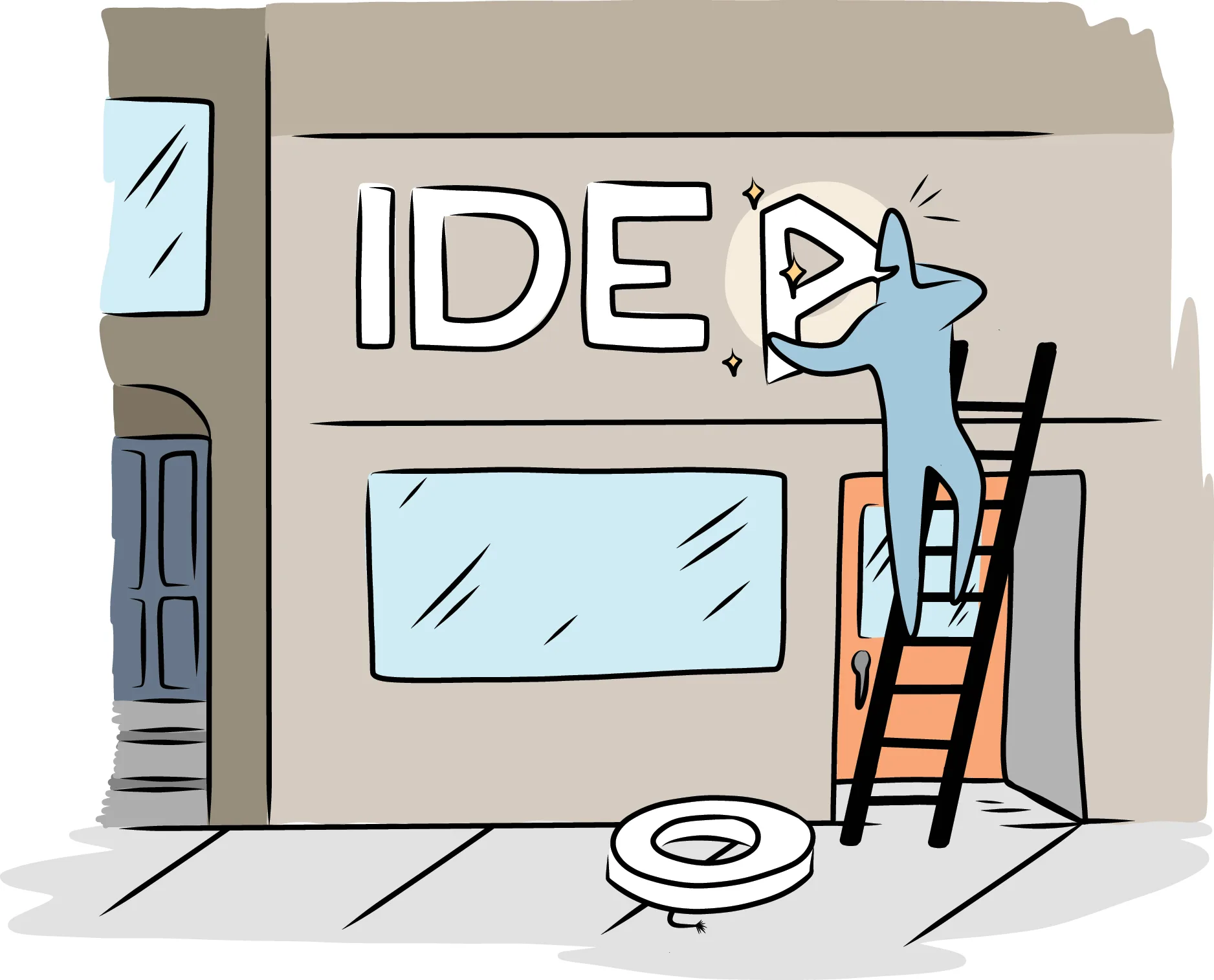Why The Heck Does Everyone Want To Be Like IDEO?
Written by

I talked about something in my fifth book, and it's something that I find amusing and infuriating at the same time.
And that's our industry's obsession with IDEO. It's frustrating because everyone seems to want to be like them (without really understanding them). When I'm consulting with a firm about their positioning—and that's more than a thousand of you at this point—I'll ask them what firm(s) they admire most, and IDEO is the most frequent name I hear.
But it's also interesting because there must be something that IDEO gets right, and so I set out to figure that out. I interviewed several current and former leaders, and here's what I found.
You can't really separate the story of IDEO without understanding the role of the Kelley brothers, David and Tom, and I'll just let you read the Wikipedia summary of how it came to be, but here are what I think are the salient points that made/make IDEO a remarkable story.
- They melded various disciplines, from engineering to product design to a focus on higher education.
- They were very entrepreneurial in that they weren't afraid to strike out on their own and build something.
- They nurtured strong connections and forged important partnerships. In fact, Steve Jobs introduced David Kelley to his life partner, Katharine Branscomb. There were also multiple combinations and departures of various partners over the years and they survived each of those because of the core commitments.
- They were always curious.
- They were optimistic to a fault.
- They believed in repeated practice, constantly improving, bit by bit.
This last point is detailed at length in a Forbes article many years ago, coining the phrase "optimistic doing":
Tom and David Kelley [describe] a pottery class that was split in half and given one of two assignments.
Half the students were told they would be evaluated on the quality of a single clay pot due at the end of the class, while the other half were told they’d be evaluated by the volume of pottery generated—literally by the weight of their collective work. Not surprisingly, the students in the first group labored intensively week after week to deliberately craft the finest piece they could, while students in the second group quickly threw pot after pot, week after week.
The remarkable observation, reported the Kelleys, was that at the end of the class, “the best pieces all came from students whose goal was quantity, the ones who had spent the most time actually practicing their craft.”
But here may be the most interesting finding in my look at IDEO. While interviewing Clark Scheffy, a current IDEO partner, I asked him if what he thought about all the firms who idolized the firm.
He smiled and said that it was flattering, but that they don't pay too much attention to it. They just chart their own path. They focus on practicing the craft, doing great work for their clients, and building everything they observe into their practice of creativity and don't pay too much attention to the way things are supposed to be done.
And they aren't always trying to be like someone else. Maybe that's why they aren't.
Good advice.

